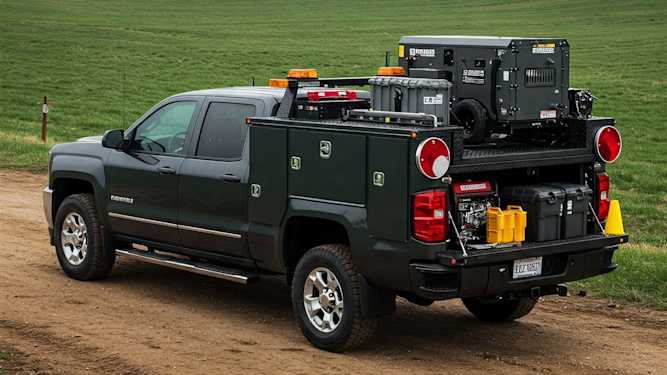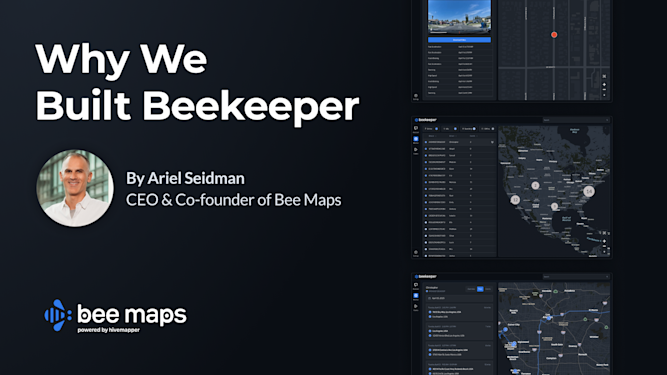The Latest Buzz
How Does the Tesla Robotaxi Work Without LiDAR?

Tesla's robotaxi, unveiled yesterday, stands out in the autonomous vehicle industry for its lean approach to self-driving technology that relies solely on a vision-based system rather than incorporating LiDAR. Unlike many competitors like Waymo and Cruise, which use a combination of LiDAR, radar, and cameras, Tesla has focused on a vision-only model.
Here’s how it works:
How Does Tesla's Vision-Based System Function?
Tesla’s autonomous driving relies on a combination of cameras, neural networks, and advanced AI models. Eight cameras provide a 360-degree view around the vehicle, capturing images and video data that the car's onboard AI processes. Using convolutional neural networks (CNNs) and transformer networks, Tesla's system analyzes this visual data to detect objects, recognize road signs, and predict the movements of other vehicles.
How Does Tesla Achieve Depth Perception Without LiDAR?
Tesla’s vision-only system compensates for the lack of LiDAR by utilizing advanced AI and machine learning techniques. Through a hierarchical deep learning architecture, the system integrates data over time, allowing it to infer depth and distance by analyzing sequential video frames. This technique helps in tasks like trajectory prediction, which is critical for smooth lane changes and obstacle avoidance.
Why Does Tesla Avoid LiDAR?
Avoiding the use of LiDAR hardware allows the potential for other Tesla models to benefit from the research that went into the vision-only software-defined system in the new Robotaxi in the form of a software update.
Tesla’s approach aims to mimic human vision, reasoning that if people can drive using just their eyes, then an advanced AI with cameras should be able to do the same. This allows Tesla to reduce the hardware cost significantly compared to LiDAR-equipped vehicles, potentially making their robotaxis more affordable to deploy at scale
What Role Does Data Play in Tesla's Approach?
Tesla leverages data from its millions of vehicles on the road to train and refine its autonomous systems. By deploying software updates that run in “shadow mode,” Tesla can collect data from real-world driving scenarios and improve its algorithms without making the cars fully autonomous yet. This data-centric approach allows Tesla to update and improve its Full Self-Driving (FSD) software, inching closer to achieving higher levels of autonomy over time
Challenges and Competitors
Despite Tesla's unique strategy, challenges remain. Critics point out that Tesla’s FSD software is still considered Level 2 autonomy, requiring constant driver supervision, while companies like Waymo have launched fully autonomous services in geo-fenced areasTesla’s vision-based system must overcome hurdles like accurately detecting objects in poor lighting or challenging weather conditions.
The Tesla Robotaxi, with its software-centric approach to self-driving, represents a significant point in automotive history. While this strategy could lead to more scalable solutions, the real-world performance and safety of such systems will determine if Tesla can truly replace other sensor-rich approaches.
Share Post


